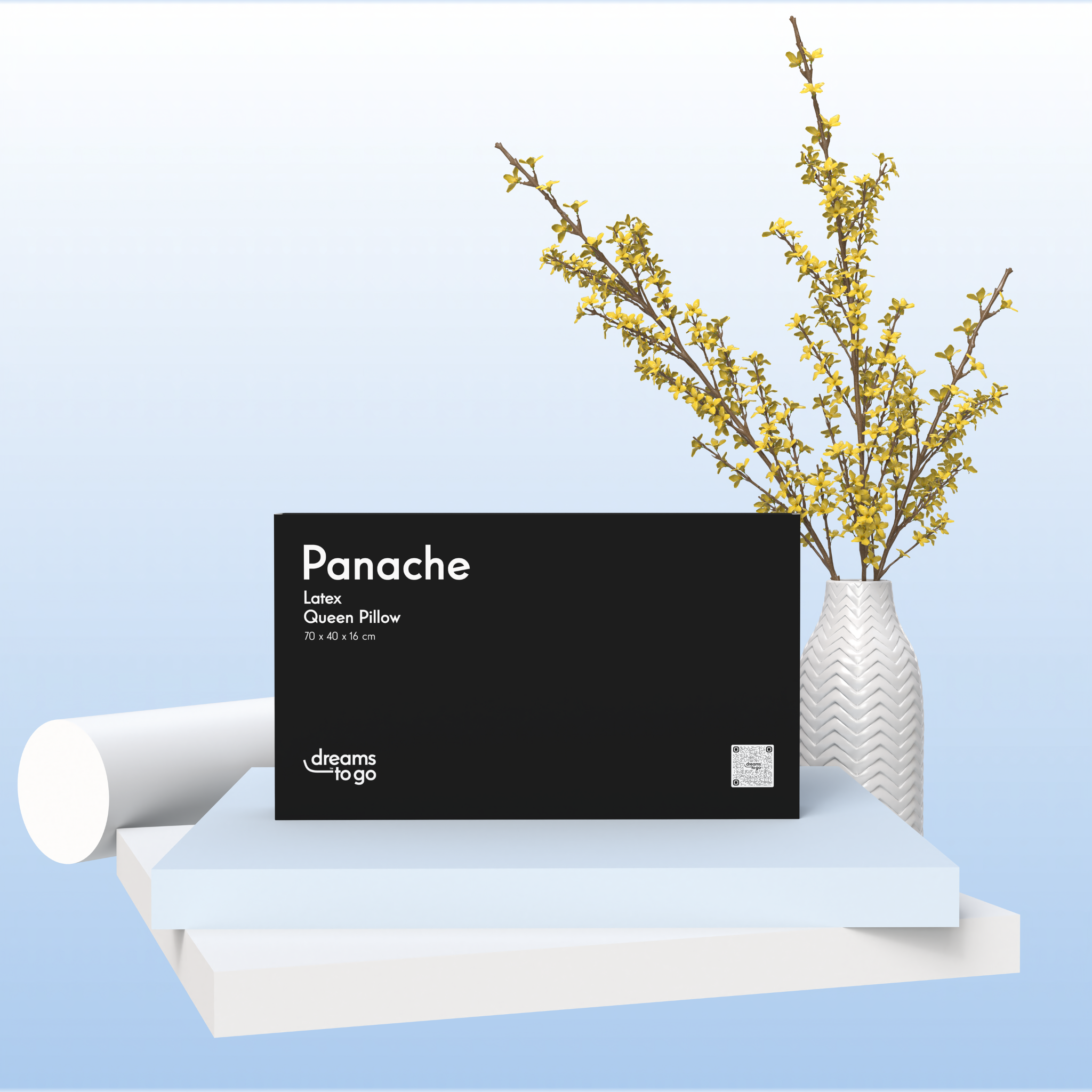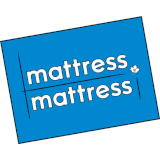Understanding Dust Mites: A Complete Guide
What Are Dust Mites?
Dust mites are microscopic, insect-like pests that feed on dead human and pet skin cells. Invisible to the naked eye, they thrive in warm, humid environments, especially in bedding, mattresses, and upholstered furniture.
Do You Have Dust Mites?
Rest assured, you do—millions of them! It’s virtually impossible to eliminate them completely from your home. Dust mites love moisture and food, and their favorite place to live is where you shed the most skin: your mattress, pillows, and bedding.
Are Dust Mites Harmful?
While dust mites themselves don't bite or spread disease, their waste and decomposed body parts contain potent allergens. For sensitive individuals, this can trigger a range of health issues.
- Peak Season: Dust mite populations are highest from May to October, especially in humid climates.
- Winter Woes: In colder months, allergens linger in dust, and heating systems circulate them, which can worsen symptoms.
- Allergy Symptoms: Ongoing sneezing, coughing, watery eyes, a runny nose, or nasal congestion could be signs of a dust mite allergy.
- Risk Factors: For those with chronic inflammation or asthma, dust mite allergens can increase the risk of severe asthma attacks, sinus infections, and even long-term sleep and mood disorders. The best way to avoid these risks is to reduce the source of allergens.
Surprising Fact: Dust Mites & Food Allergies
Some people who are allergic to dust mites may also experience cross-reactivity to shellfish like lobster, crab, and shrimp due to similar proteins.
How to Control Dust Mites in Your Home
While you can't get rid of them entirely, you can take steps to significantly reduce their population and impact.
- Manage Humidity: Dust mites thrive in humidity levels between 75–80%. Use a dehumidifier to keep indoor humidity below 50%. Mites can’t survive in a dry environment.
- Let in Fresh Air: Opening windows during warmer weather helps circulate fresh air and dilutes airborne allergens.
- Shower Before Bed: Taking a shower before bed helps remove allergens, dirt, and dust mites from your body, creating a cleaner sleep environment.
- Use Protective Bedding: Encase your mattress and pillows with hypoallergenic, waterproof protectors. This is a highly effective way to reduce dust mite populations in the core of your bedding.
- Wash Bedding Weekly: Wash all sheets, pillowcases, and protectors in hot water (130°F or higher) to kill dust mites.
- Choose Appropriate Sleep Materials: Opt for hypoallergenic bed linens like organic cotton, wool, or microfiber.
- Vacuum Regularly: Consistent vacuuming removes dust and allergens from carpets, curtains, and furniture.
- Try Aromatic Repellants: Lightly misting your mattress with essential oils like clove, eucalyptus, lavender, peppermint, and rosemary can help repel dust mites.






